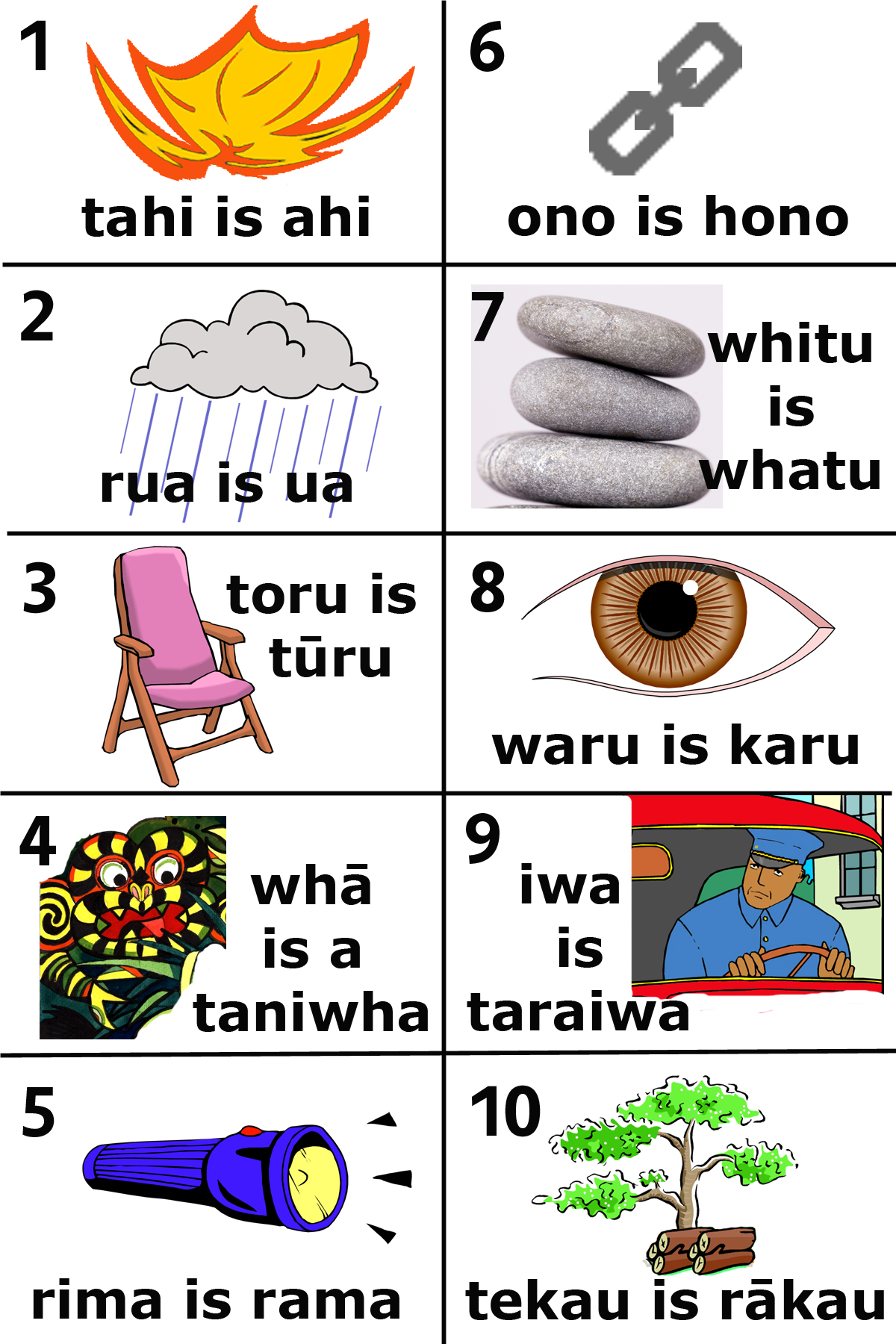A general distinction you can make is that between:
- direct study, and
- learning from context
Direct study is more important when you're learning a non-cognate language. It's also more important in the initial stages of learning a language. Learning from context is particularly useful for cognate languages.
Of course learning a language requires both approaches, but the relative proportions will vary.
